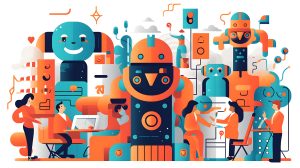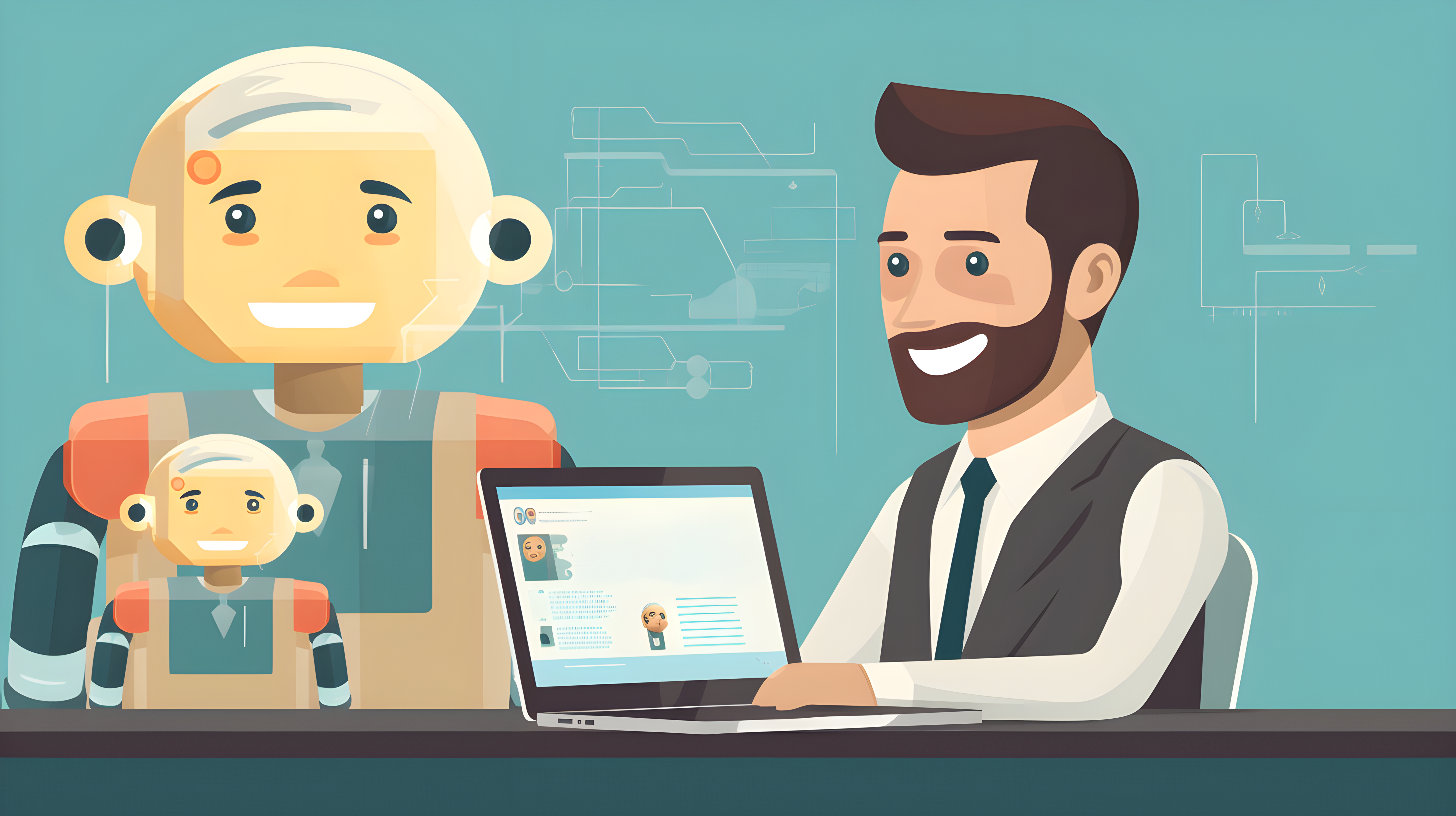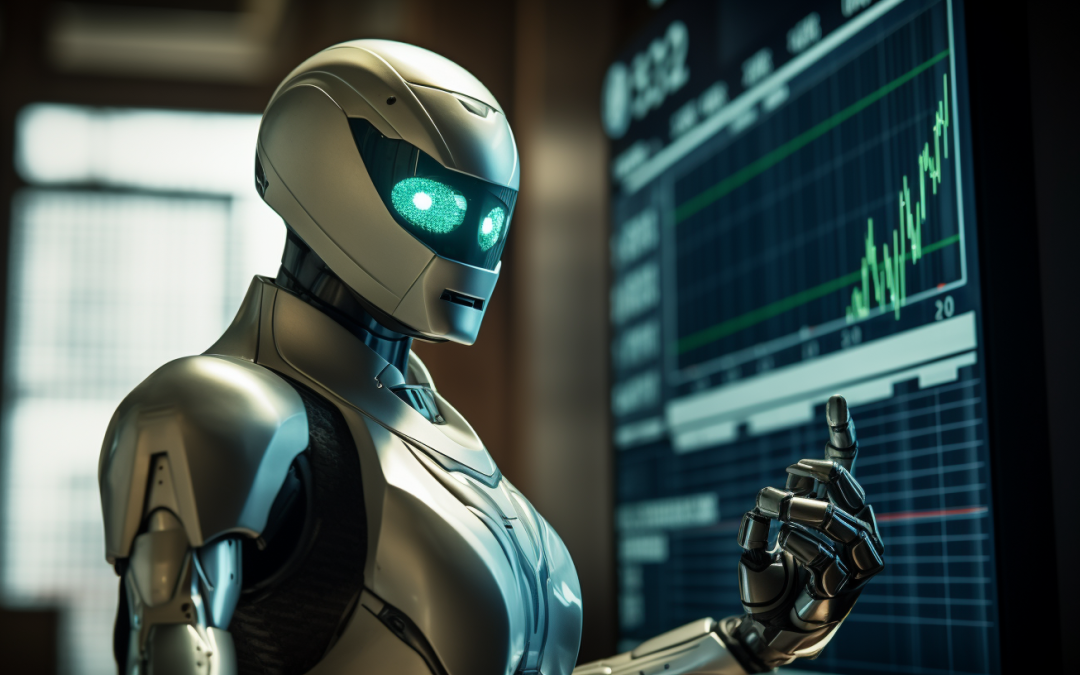In the digital age, where immediacy and convenience reign supreme, chatbots have emerged as a game-changing innovation. But what exactly is a chatbot, and how does it work? Essentially, a chatbot is a computer program designed to simulate conversation with human users, especially over the internet. It’s essentially a digital assistant that can interact with users in a natural, human-like way. However, the technology behind these interactive AI systems is complex, encompassing various key components that enable automated messaging. Chatbots have become a crucial part of modern customer service, offering immediate responses and round-the-clock availability. Beyond customer service, these digital assistants are set to revolutionize other fields as the technology continues to evolve. This article will delve into the fascinating world of chatbots, explaining their functionality, their importance in today’s digital landscape, and future trends in AI interaction.
Defining the Concept of Digital Assistants
Imagine you’re in the middle of a busy workday and you’ve got a digital assistant at your disposal, sorting out your emails, scheduling appointments, and even ordering lunch for you – that’s the convenience a chatbot, or digital assistant, brings to the table. In essence, a chatbot is a software program designed to interact with humans in their native language. These interactions can occur through messaging applications, websites, mobile apps, or even through the phone. Chatbots work by identifying keywords within the user’s input and using a set of pre-determined responses to these keywords to carry out tasks or answer queries. They can also learn from past interactions to improve their responses, thanks to artificial intelligence technology.
The Mechanism Behind Interactive AI ChatBot

Peeling back the layers, let’s dive into the fascinating world of interactive AI and how it truly operates. Interactive AI, like chatbots, function based on a blend of programming, machine learning, and natural language processing (NLP). Initially, developers input a predefined dataset or ‘training set’ into the AI system. This dataset includes possible user queries and the appropriate responses.
The magic happens when machine learning kicks in. The AI system learns from every interaction, improving its understanding of human language and responses. NLP enables the chatbot to understand, interpret, and generate human language in a meaningful way. It’s this mix of programming, machine learning, and NLP that allows chatbots to interact and learn from their human users, providing an increasingly sophisticated service over time.
Key Components of an Automated Messaging System
Digging into the nuts and bolts, you’ll find several key elements that make an automated messaging system tick. The first component is the user interface, which is where the user interacts with the chatbot. The interface can be a messaging app, a website, or even a social media platform.
The second is the processing unit, which translates user inputs into understandable formats for the system. This includes Natural Language Processing (NLP), which enables the system to understand and respond to human languages.
Then there’s the conversational engine, which generates responses based on user input. It leverages machine learning algorithms to improve over time. Lastly, the back-end systems handle data storage and retrieval, ensuring conversations are stored and can be recalled when needed. Together, these components contribute to a chatbot’s functionality.
Importance in Modern Customer Service

In today’s fast-paced world, automated messaging systems aren’t just convenient—they’re essential to providing top-notch customer service. Chatbots, in particular, are critical for modern customer service. They provide an immediate response to customer inquiries, reducing wait times and improving customer satisfaction. This 24/7 availability ensures that customers’ needs are addressed at any time of the day or night, regardless of time zones. Moreover, chatbots can handle multiple customer interactions simultaneously, increasing efficiency and productivity. They also gather valuable data that can be used to improve future customer interactions. By automating simple queries, chatbots free up human staff to focus on complex issues, thus enhancing the overall service experience. Hence, chatbots play a significant role in modern customer service, offering seamless, efficient, and personalized solutions.
Future Trends and Developments in AI Interaction
As we journey into the future, the landscape of AI interaction holds an array of exciting possibilities, with advancements that could transform customer service as we know it, making it more personalized, efficient, and intuitive. Key trends include the development of emotion-sensing AI, capable of discerning a user’s emotional state and tailoring responses accordingly, creating a more empathetic interaction and enhancing customer satisfaction. The future also sees the incorporation of more sophisticated machine learning algorithms, allowing chatbots to learn and evolve with each customer interaction, thus delivering increasingly accurate and relevant responses. Further, voice-recognition and natural language processing improvements will facilitate seamless conversation, bridging the gap between human and AI communication. These advancements herald a future where AI interaction is not just functional, but also engaging and empathetic, significantly elevating the customer service experience.
Frequently Asked Questions

What are some of the challenges faced in developing a Chatbot?
Developing a chatbot presents challenges such as understanding human language nuances, maintaining conversational context, providing accurate responses, and ensuring continuous learning and improvement in performance.
How can one integrate a Chatbot into an existing website or app?
Integrating a chatbot into an existing website or app involves incorporating the bot’s API into the site’s code. This process might require expertise in coding, or the use of chatbot integration platforms.
Are there any legal implications or ethical considerations when using a Chatbot?
Yes, there are both legal and ethical considerations when using a chatbot. These include data protection and privacy issues, consent for data collection, transparency about the bot’s non-human nature, and avoiding misleading or harmful interactions.
How can the effectiveness of a Chatbot be measured or evaluated?
The effectiveness of a chatbot can be measured through several metrics, such as user satisfaction, engagement rate, task success rate, and the quality of responses. Regular user feedback can also aid in evaluation.
Can a chatbot replace human-operated customer service entirely?
While chatbots can significantly improve efficiency, they can’t entirely replace human-operated customer service. Human agents are still crucial for handling complex issues and providing the emotional intelligence that chatbots currently lack.
Conclusion
In conclusion, chatbots are AI-powered digital assistants that are revolutionizing customer service. They work by using a series of algorithms, key components, and automated messaging systems to interact with users. As we look ahead, the future promises even more advancements in AI interaction, making chatbots an indispensable tool in modern business operations. In short, they’re not just the future, they’re the now.
If you are interested in taking your customer service and/or conversions to the next level, chat with us now. Use the chatbot available on the screen and we will get in touch with you.








